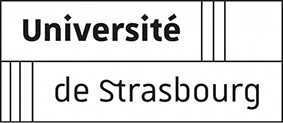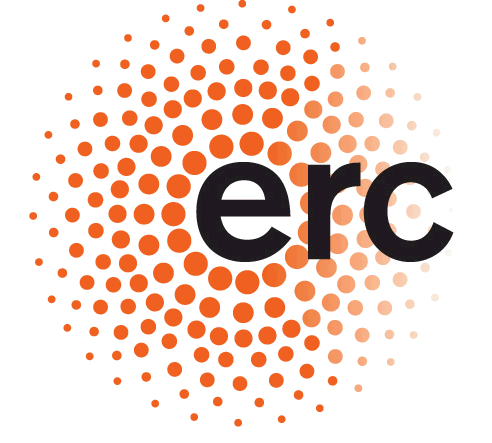Target of rapamycin (TOR) functions as a central sensory hub linking a wide range of external stimuli to gene expression. The mechanisms underlying stimulus-specific transcriptional reprogramming by TOR remain elusive.
In a study published in Journal of Experimental Botany, scientists from different research groups in IBMP, together with scientists from AgroScience GmbH (Neustadt, Germany), showed that TOR-repressed genes are significantly enriched in either bistable or silent chromatin states. Interestingly, both states regulated by the TOR signaling pathway are associated with a high level of histone H3K27 trimethylation (H3K27me3) deposited by the histone methyltransferase CURLY LEAF, in a specific context with the H3K27me3 reader LIKE HETEROCHROMATIN PROTEIN1 (LHP1). The combination of the two epigenetic histone modifications H3K4me3 and H3K27me3 implicates a bistable feature that alternates between an on and off state, allowing rapid transcriptional changes upon external stimuli. Together, this work demonstrates for the first time that TOR represses transcriptional stress responses through global maintenance of the repressive histone mark H3K27me3.















